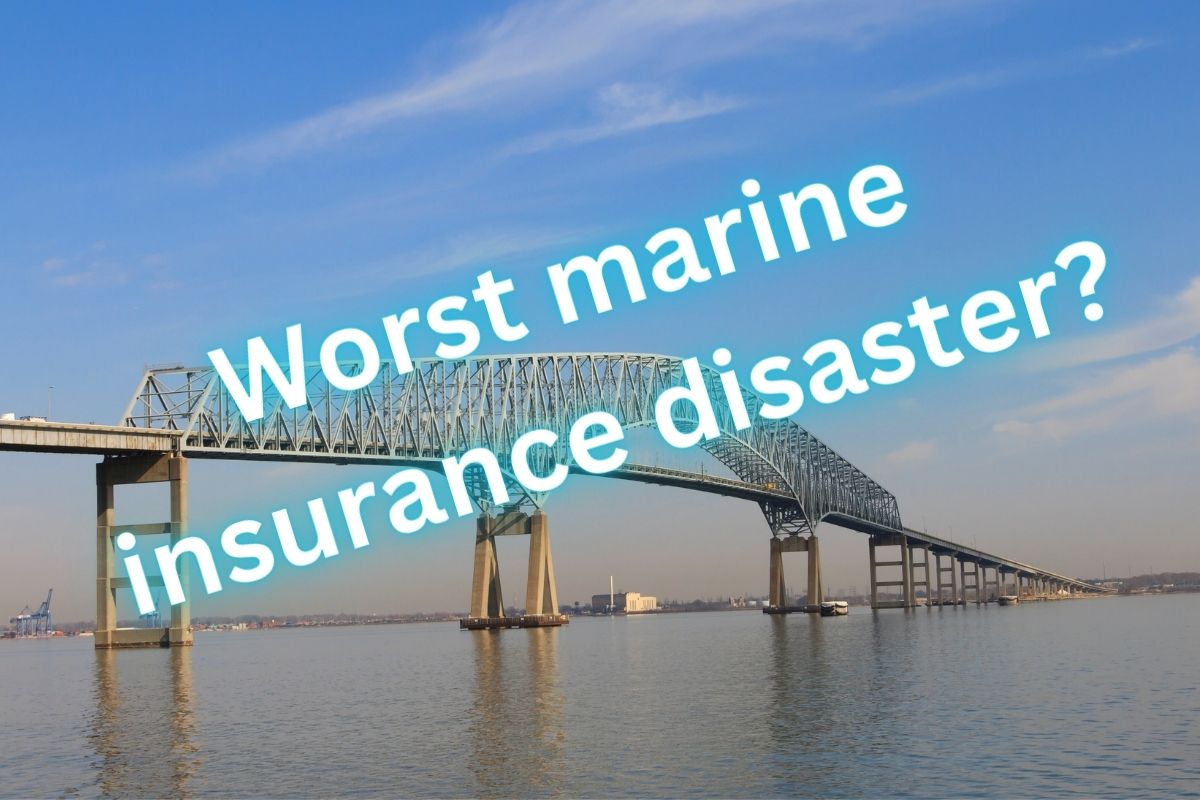The bridge collapse in Baltimore is a complex disaster and could be the largest ever
The collapse of the Francis Scott Key Bridge in Baltimore at the end of last month could prove to be the largest marine insurance payout that Lloyd’s of London has ever had to make.
In fact, it could be the largest insured catastrophe of its kind
The loss of the bridge and all the related impacts associated with the collapse could lead to the largest ever marine insurance payout, according to Lloyd’s of London’s Chair of Insurance Bruce Carnegie-Brown.

Analysts have been crunching the numbers associated with the disaster to try to come up with a figure to comprise the associated insured losses from the event. So far, the consensus is that it the cargo ship that crashed into the Baltimore bridge, killing six people, will lead to payouts in the single-digit billions of dollars.
“We’re beginning to deploy resources in anticipation of this being a very substantial claim for the industry,” said Carnegie-Brown during a recent CNBC interview. “And for the Lloyd’s market, it’s going to take some time for the complexity of the situation to unravel.”
It remains too early to calculate a solid marine insurance payout total
Carnegie-Brown pointed out that it remains too early to point to a specific payout number. There is a great deal of complexity to sift through in terms of what is impacted by the disaster. That said he added that following the collapse, “I don’t at this point anticipate that it’s outside our realistic disaster scenario planning.”
He did say that it “feels like a very substantial loss,” and that it could be “potentially the largest-ever marine insured loss,” but that he also felt that it was “not outside the parameters that we plan for.”
Several layers of claims
The marine insurance claims go beyond the obvious ones for the bridge itself, the ship, and the cargo that was being carried. Carnegie-Brown said that the “second-order impacts” would be “substantial” as they come in.
“Second-order impacts”
The bridge was a key artery for the city, its industries, and its port. There will be substantial claims submitted with respect to factors such as business and supply chain interruption both due to the loss of the bridge for transport and due to the ships that were headed to the port but cannot due to the fallen bridge, and due to those that are trapped at the port.


